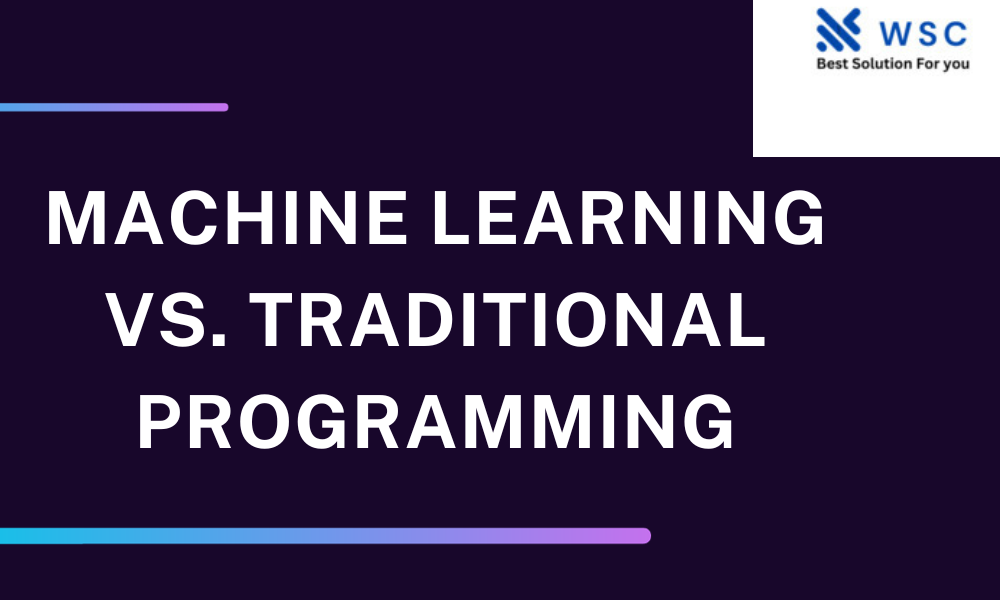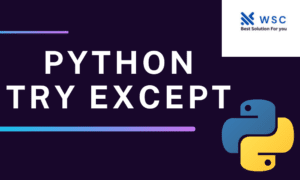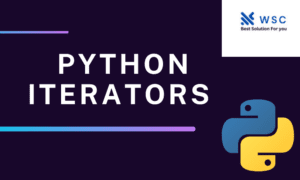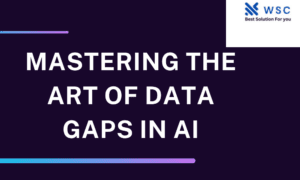Understanding the Basics
In the world of programming, there are two primary approaches: traditional programming and machine learning. While both are essential tools in the developer’s toolbox, they operate in fundamentally different ways. Let’s delve into the key differences between Machine Learning vs. Traditional Programming and explore when to use each approach.
Traditional Programming
Traditional programming, also known as imperative or rule-based programming, is what most developers are familiar with. In this approach, you provide explicit instructions to a computer to perform specific tasks. These instructions are written in a programming language like Python, Java, or C++. Here’s a simple example in Python:
def add_numbers(a, b):
result = a + b
return result
In this code, we’ve defined a function add_numbers that takes two arguments, a and b, and returns their sum.
Machine Learning
Machine learning, on the other hand, is a subset of artificial intelligence that focuses on training algorithms to learn patterns from data and make predictions or decisions without being explicitly programmed. It involves feeding a machine learning model with data and allowing it to learn and improve over time. For instance, a machine learning model can be trained to recognize handwritten digits:
from sklearn import datasets
from sklearn import svm
# Load the digit dataset
digits = datasets.load_digits()
# Create a classifier
clf = svm.SVC(gamma=0.001, C=100)
# Train the model
clf.fit(digits.data[:-1], digits.target[:-1])
# Predict a digit
predicted = clf.predict([digits.data[-1]])
In this code snippet, we use scikit-learn, a popular Python library for machine learning, to create a classifier and train it to recognize handwritten digits.
When to Choose Traditional Programming
Traditional programming is ideal when:
- You have a clear understanding of the problem and its rules.
- The problem can be broken down into well-defined and discrete tasks.
- You need precise control over the program’s behavior.
When to Choose Machine Learning
Machine learning is advantageous when:
- The problem involves complex patterns or large datasets that are challenging to program explicitly.
- You want the system to learn from data and improve its performance over time.
- You prefer automation and adaptability in decision-making.
Conclusion
In summary, traditional programming and machine learning are powerful tools in their own right. Your choice between them depends on the nature of the problem you’re solving and your desired level of automation and adaptability. Understanding the strengths and weaknesses of each approach is crucial for effective problem-solving in the ever-evolving world of technology.
Check our tools website Word count
Check our tools website check More tutorial





The dynamic world of artificial intelligence is demystified by James Jernigan’s YouTube channel. He is dedicated to sharing the latest AI secrets, ensuring that his viewers are always at the forefront of AI advancements. If you’re looking to expand your AI knowledge, his channel is an invaluable resource.
Fantastic breakdown! Resonates with the depth available in Profitable Bots’ AI course.